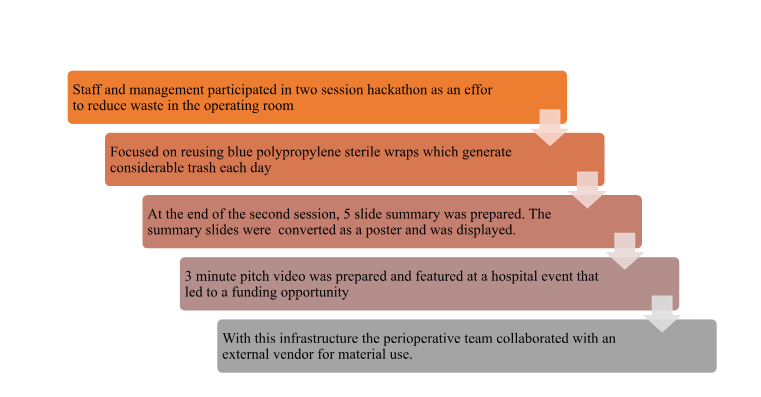Innovation at the frontline of Nursing: A Review
Gethsial Kiruba N*
Assistant Manager – Clinical Governance, Kauvery Hospital, India
*Correspondence: Tel: +91 9791417858; Email ID: gethsialkiruba@gmail.com
Background
Innovation is defined as a process that improves efficiency, effectiveness, quality, sustainability, safety and affordability.
WHO
This includes “new or improved” health policies, practices, systems, products, technologies, services, and delivery methods that result in better healthcare.
In healthcare today, there is always a challenge that exists in balancing the staff shortages and to keep the organization move towards professional growth.
The COVID pandemic that started during the month of March 2020, gave opportunities for the nurses and other health care teams to come up with lot of innovative ideas in managing the situations, handling the equipment shortage, staff shortages, overcrowding of patients, shortage in supplying oxygen, facing the patient fear, managing their own families. When this pandemic got over, we were able to testify that the health care team especially the frontline nurses created “new norms”.
The two papers that we published in our previous nightingale issues also clearly explained on the lived in experience of the frontline nurses and the senior nurses.
Our nurses at Kauvery had implemented innovative ideas like pharmacy packages, innovative way of wearing PPE to avoid stretch marks from long term wearing, sanitizer pumping from waste material etc.
Can this same spirit of innovation rejuvenate the joy of nursing for the post pandemic nurses?
Can it refresh their weariness and equip them to address the ongoing healthcare crisis?
Project
A team of people developed a 2-year proposal focused on introducing the concept of healthcare innovation, implementing strategies, and sparking nurses’ excitement in new learning opportunities, to be implemented at the Stamford Hospital, which is a 350 bed community teaching hospital( 1)
This project was implemented in two phases:
- Introducing innovation to frontline staff
- Planning for the future
Phase 1: Innovation for the future
Phase I focused on creating enthusiasm, increasing knowledge, offering activities and collecting feedback.
This phase I was done through the following activities:
- Kick-off event – Continuing education by a nurse innovator to all the frontline staff nurses.
- New agenda item – Innovation as a monthly agenda item to provide updates, generate & share ideas
- Education – Any leader can attend an education program for nurse innovators
- Mini nursing hackathon – Hackathons to allow individual nurses and nurse teams to explore ideas where the facilitators provided support and structure
- Poster presentation – Based on the group’s pitches displayed at the nurses’ day
- Research day -Introduced nursing research day and the theme was Innovation
- Innovation pitch training – Developed a template based on strong, concise messages about their ideas
- Hack for health video support – Call for 3-minute video in submitting their ideas
At the end of the phase I activities, nurses presented various ideas to implement technology, improve processes and communication changes; all of which supported the broad vision of innovation.
Example: Problem Identified – Effort to reduce waste in the operating room

Phase 2: Moving Innovation forward
Phase 1 created a foundation, with the potential for growth and phase 2 continued to build capacity for innovation in the culture and develop structures to support nurses’ ideas. Colleagues from outside nursing team also joined the journey as they were so much interested. Joining forces with the physician, pharmacist, finance and other allied health professionals provided opportunities for generating dynamic ideas.
Phase 1 helped to identify nurses interested in innovation efforts. These nurses would be the resource, with a vision of innovation appropriate to the demands of frontline staff.
Conclusion
Innovation is a dynamic concept, so the energy, interest and enthusiasm of the staff served as appropriate guides for moving forward. Nurses propose various ideas to implement technology, improve processes and communication changes all of which supported the broad vision of innovation.
The 2 key takeaway points highlighted by the author Sally O. Gerard during her interview with American Nurse TV as an author spotlight are as follows:
- Utilizing people who have connections between academia & practice experts, to give guidance to the nurses who have unique strengths and ideas
- Frontline staff have a lot of potential for innovation, yet they don’t have time & resources. Organization must make those resources available to the nurses, only then they will be able to share their ideas about innovation
References
1. Gerard SO, et al American Nurse Journal. 2023; 18(6).

Ms. Gethsial Kiruba
Assistant Manager – Quality & Training
